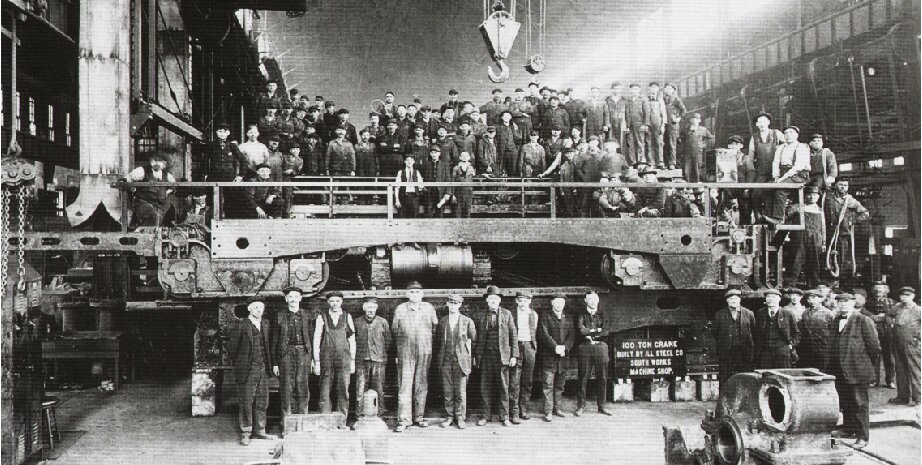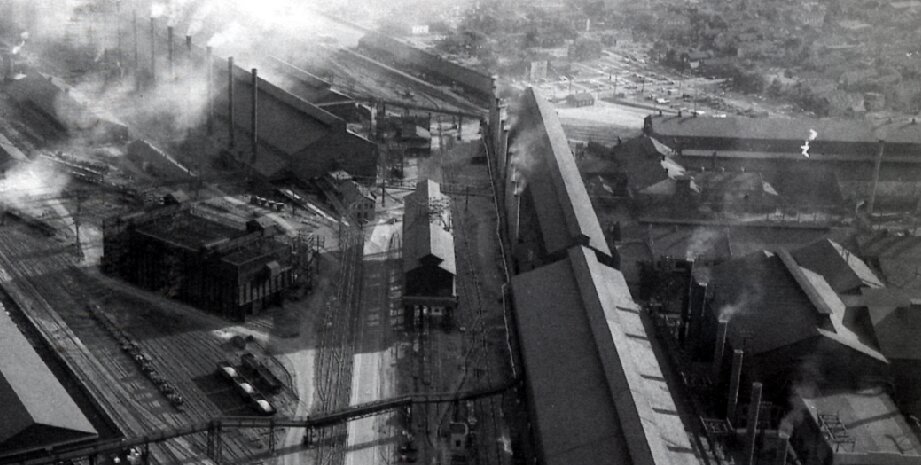1880:
Rolling Mill Company opened its South Works facility on the Lakeside location. Originally outside Chicago's city limits, the site was annexed by Chicago in 1899.
1901:
After 21 years of operation under the Rolling Mill Company, South Works was acquired by U.S. Steel and grew to be the largest producer of structural steel in the world.
1958:
The mill produced steel that built America's roads, bridges, skyscrapers and cities. In its prime, the mill employed 20,000 people. Generations of South Chicago families grew up in the shadows of the mills, benefitting from the jobs and economic activity generated by the steel industry until the late 1970s and 1980s when the steel mills throughout the area began to close.
1992:
U.S. Steel at South Works closes their mill due to changes in market forces and technology affecting the entire U.S. steel industry.
1997:
More than 100 buildings that once stood on the site were demolished. The closure of this plant and other industries had a devastating impact on the communities of South Chicago.
1999:
In April 1998, Skidmore, Owings & Merrill LLP and the City of Chicago led a team of planners, community leaders, and concerned individuals in the creation of a vision document to plan for the future of the historic South Works site. The design called for a new lakeside community providing housing, services, economic activities, and open spaces for Southeast Chicago residents. Building upon that vision, in February 1999, the City of Chicago issued From Steeltown to Hometown: A New Era for South Chicago & South Works, which presented a framework for future development.
2004-2007:
Chicago Lakeside Development, LLC, formed by McCaffery Interests and US Steel, acquires the site and creates a master plan with SOM, Sasaki Associates and Antunovich Associates.
The Mud to Parks program also began the land restoration process by providing topsoil to cover 17 acres of slag.
2010:
The City of Chicago approves Chicago Lakeside Master Plan, proposed by McCaffery Interests and U.S. Steel. The plan includes Phase 1, which calls for the development for residential and business units. The city also approves the Lakefront Protection Ordinance and RDA and TIF Financing ($98M) for Phase 1.


